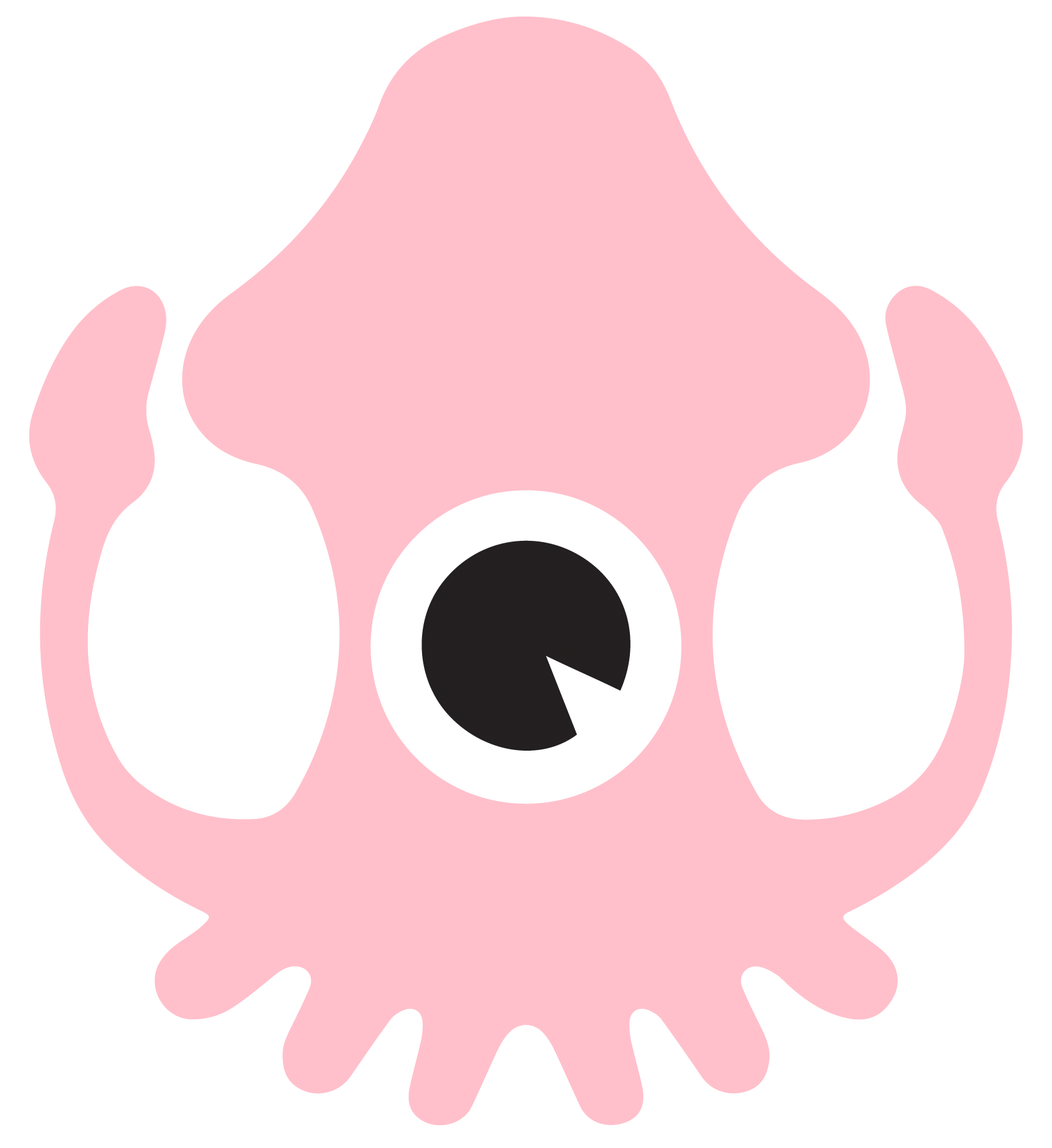Forced Induction/Choosing a Trubo
One of the most important considerations when choosing a turbocharger for your build is reading a compressor map. Never purchase a turbo where you have not consulted the compressor map, or at the very least have been in a vehicle with a similar engine build running that very turbocharger.
Engine Specifications
The very first thing you must consider when choosing a turbo is your engine: how much internal pressure is it able to withstand, how much airflow is it able to displace, what RPM range will it be used within.
Goals
Deciding on your power goals is the first step in choosing a turbocharger.
Reading a Compressor Map
Anatomy
Compressor
The compressor is what grabs air from outside and forces it into your intake manifold.
Turbine
The turbine is spun by exhaust gases. The turbine is connected to the shaft, which then spins the compressor wheel.
Shaft Design
Firstly, a bushing is a type of bearing. To help differentiate, we will refer to journal bearings as the more specific term "journal bushing".
A bearing is a device that allows movement between two bodies. There are two major design of shaft bearings: journal and ball. There are trade-offs between both, and depending on your intended use one may be better than the other.
Rotating engine components such as camshafts, crankshafts, and piston pins use journal bushings.
Journal Bushing
Traditionally, most all turbochargers have been equipped with journal bushings. Most every OE turbo is journal bushing. Journal bushings are free-floating shafts that rely entirely on oil to operate. Oil is pumped onto the shaft which has journals milled into it. These journals force the oil along the shaft between it and the carriage housing. The oil provides a thin film of liquid and allows the shaft to spin without making contact with the metal housing.
This provides outstand longevity on a well-maintained system, and can last decades, possibly even longer.
However, it can also cause near instant failure if oil pressure is lost. If your engine loses oil pressure, there's a good chance you're going to ruin more than just your turbocharger. If just your turbo loses pressure, be prepared for a replacement or rebuild.
Journal bushings are much less expensive to produce and maintain. You will generally see journal turbos selling for 10-30% less than ball bearing turbos.
Ball Bearing
Ball bearing turbos use small metal balls packed between two cylinders of metal. These bearings provide minimal contact between each cylinder and therefore less friction than journal bushing turbos.
The main advantage is the reduced friction, allowing the shaft to spin easier (but not necessarily at a higher rate). This results in quicker spool and better on-off-on throttle response. You can expect a ball bearing turbo to reach intended speed about 200-500 RPM sooner than an equal journal bushing turbo. Because of the reduced friction, the shaft also remains spinning for longer after losing turbine pressure.
